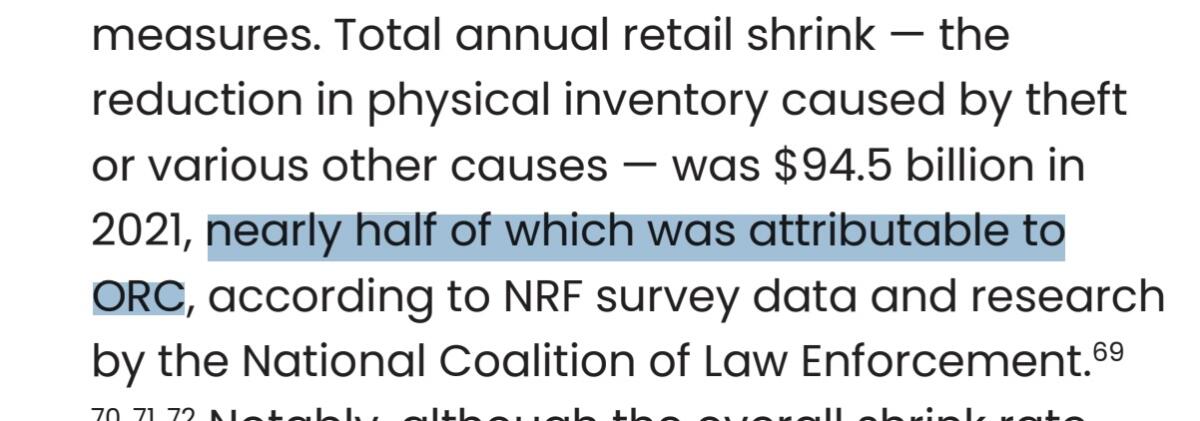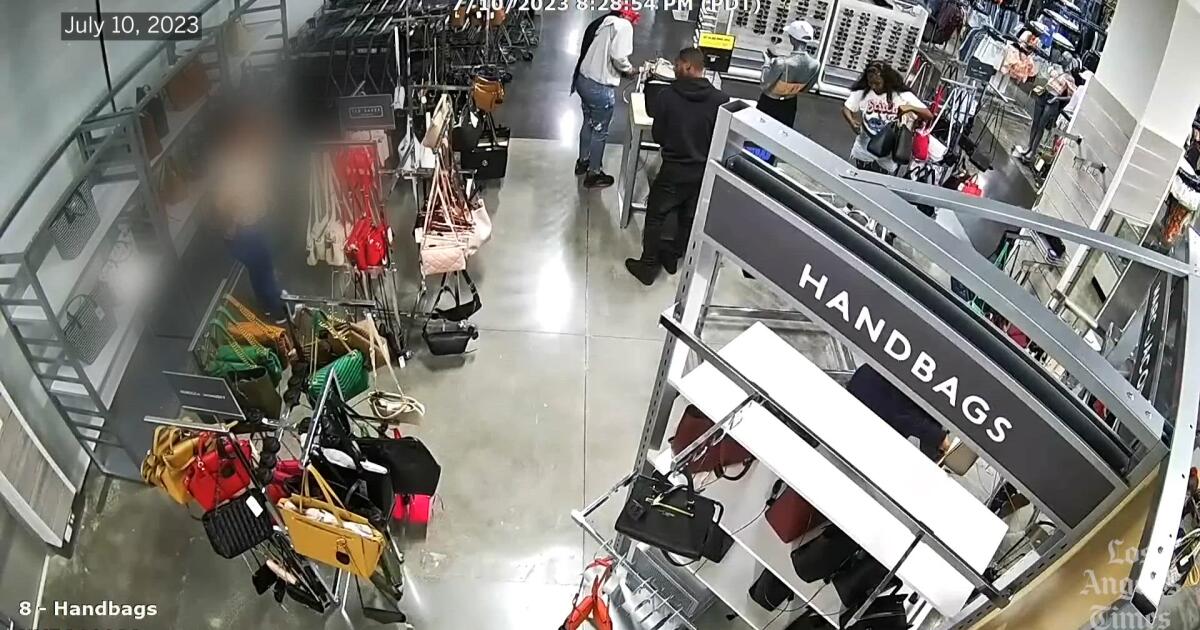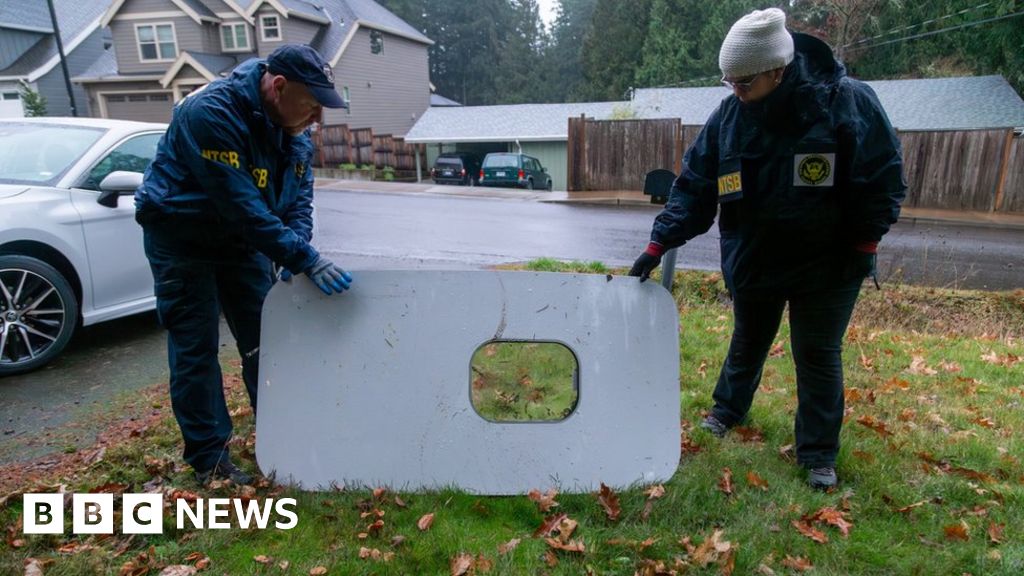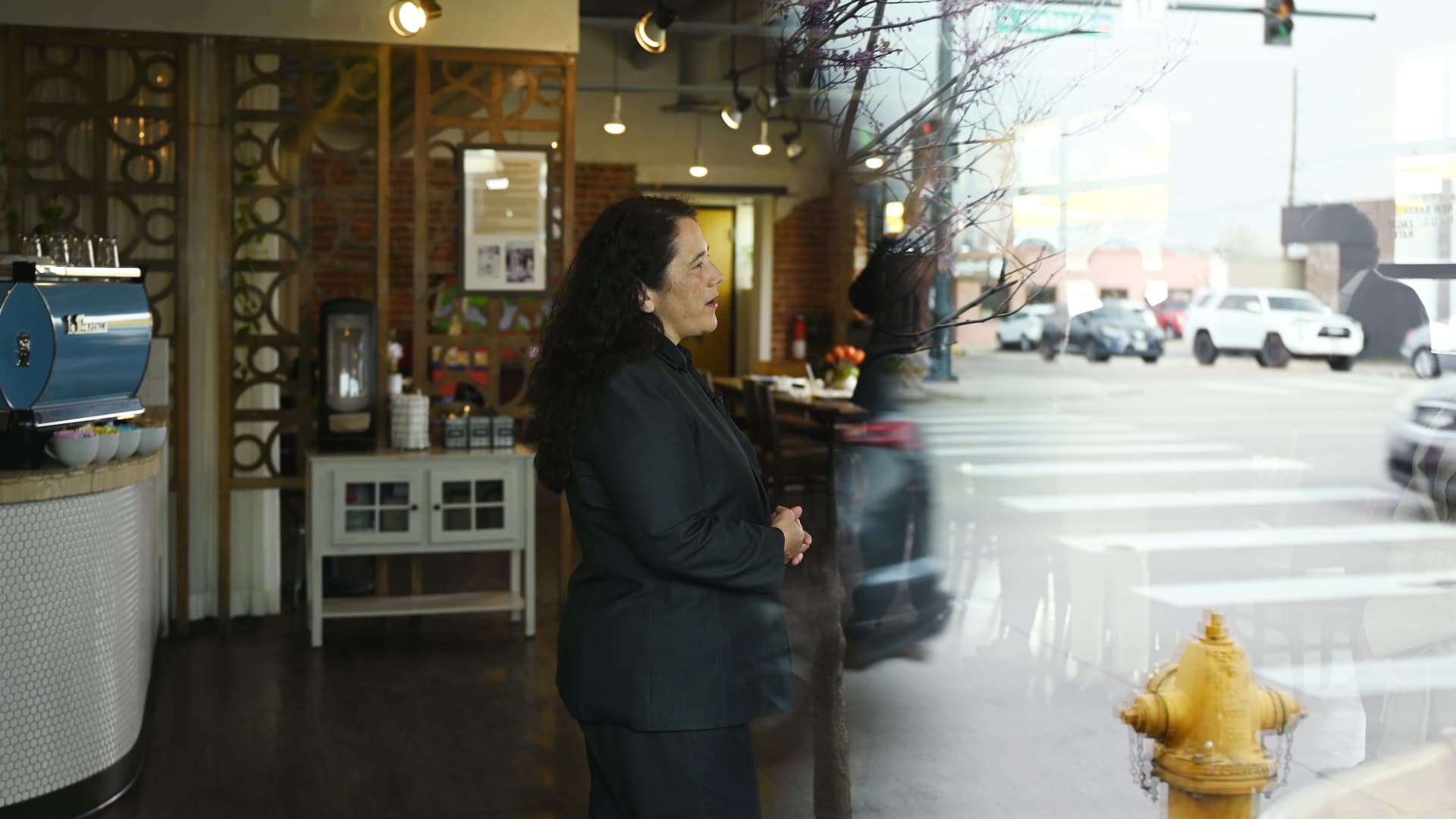Column: How the retail lobby sold a $45-billion whopper about organized shoplifting
If you’re making a list of big news stories of 2023, here’s one you might want to check twice: The surge in “organized retail crime,” or gang shoplifting.
I’ve written before about the news media’s fixation on this phenomenon despite the unreliability of retailers’ claims about it, and especially when compared with the much more prevalent crime of employer wage theft, which gets almost no coverage.
But there’s been a recent development on the topic, which demands your attention. Put simply, the retail lobby has admitted that its most eye-catching and widely publicized statistic about it is a lie.
If you rob a store, you can fully expect to be shot as you are leaving that store.
— Donald Trump’s master plan for solving the shoplifting crisis
The statistic, published in April by the National Retail Federation, was that “organized retail crime” — including the videotaped flash mob smash-and-grab events aired in frequent rotation on the cable and evening news shows — came to more than $45 billion a year.
Specifically, the NRF declared that organized crime accounted for “nearly half” of the $94.5 billion in retail “shrink” attributed to theft or “other causes” in 2021. The claim appeared in the latest edition of the federation’s annual report on organized retail crime.
On Dec. 4, the federation acknowledged that its estimate was a fabrication and it “updated” its report to remove the estimate.
But the damage had been done. Politicians at the federal and state levels jumped on the original report to push legislation aimed at fighting the onslaught of thieves.
In October, Sen. Charles E. Grassley (R-Iowa) staged a “Fight Retail Crime Day” event on Capitol Hill, at which he stood next to NRF executives to push bipartisan legislation to create a Center to Combat Organized Retail Crime in the Department of Homeland Security.
Donald Trump, in a speech to California Republicans on Dec. 1, called for shoplifters to be shot on sight. “We will immediately stop all of the pillaging and theft,” he said. “Very simply: If you rob a store, you can fully expect to be shot as you are leaving that store.” His audience greeted this policy initiative, such as it is, with applause.
News organizations also swallowed the NRF’s assertion whole, partially because it fed into the perception, assiduously retailed by the retailers’ lobby, that the retail trade was suffering “unprecedented levels of theft coupled with rampant crime in their stores,” as an NRF official put it in September. “The situation is only becoming more dire,” he added.
The Washington Post editorial board, drawing on the NRF claim and a string of recent thefts in its suburban backyard, declared that “‘shoplifting’ is too mild a word” for what was going on and that “no community, it seems, is immune from the recent spike in organized retail crime.” The board called on Congress to pass Grassley’s measure, but quick.
The editorial writers cautioned that law enforcement would have to contend with thieves displaying “undeniable smarts,” though since the theft ring they mentioned in their piece had been caught in part because its getaway car got caught in traffic, the level of their brainpower might have been deniable after all.
Let’s examine how this particular claim got conjured up. This is a useful inquiry, because we in the modern world are inundated by manipulated or factitious statistics, fabricated by marketers and politicians, promoted on social media and swallowed whole by news organizations.
The goal of statistic-mongers might be to promote an ideological viewpoint or undermine accepted science, as when fossil fuel interests manipulated statistics to make it seem that global warming wasn’t happening.

Which version of the retail lobby’s report on organized shoplifting did you read? This one, that attributed half of “shrink” to organized gangs….
(National Retail Federation)
Sometimes it may be to get attention, which seems to be the case with those annual estimates by the consulting firm Challenger, Gray & Christmas of the productivity losses suffered by employers during the March Madness college basketball tournament ($17.3 billion this year, supposedly); one look at the firm’s methodology shows that it’s assembled from conjecture built upon conjecture built upon conjecture, all adding up to absolutely nothing verifiable.
One of my favorite examples of the media running with an unverifiable statistical claim involved the seminal pornographic movie “Deep Throat.” The producers of a 2005 documentary asserted that “Deep Throat” had grossed $600 million, which they said made it the most profitable movie in history. Among the evidence they cited was that so much cash rolled in from theaters that the movie’s mob-connected backers couldn’t count it all, but weighed it in bags instead.

…or this one, which removed the fabricated claim?
(National Retail Federation)
As I pointed out, no one said how many bags there were, or their size, what denominations were inside, or indeed how much they weighed. All we knew, I wrote, was “that a bag of $1 bills weighs exactly the same as a bag of hundreds, and that each weighs less than a bag of horse manure,” which I thought was in the bags the documentary makers were selling.
That brings us back to the numbers for organized retail crime. As I’ve reported before, and my colleague Sam Dean painstakingly documented in 2021, the figures published by big retailers and the retailers’ lobbyists have always been squishy in the extreme.
For one thing, the industry tends to obscure the difference between “shrink” and shoplifting, organized or otherwise.
“Shrink” encompasses internal theft — pilferage or embezzlement by employees — as well as what retailers call process and control failures, such as paperwork glitches and other mixups that result in their losing track of inventory; and external theft, such as individual shoplifting and those mass invasions of shops by gangs.
All too often, comments about shrink are taken by reporters or laypersons to refer to those organized raids (and retail lobbyists seldom make the effort to correct the misimpression). Yet in its own 2022 report, the retail federation itself attributed only 37% of all shrink to shoplifting — not half.
So how did the erroneous estimate come about? It was the product of a process akin to that childhood game “Telephone,” in which a statement evolves as it’s passed from player to player, eventually bearing little resemblance to the original.
In this case, it began with Nov. 2, 2021, testimony to a Senate committee by Brendan Dugan, a CVS executive who was also president of the National Coalition of Law Enforcement and Retail (CLEAR), which is composed of law enforcement officials and corporate security executives.
Dugan told the committee that CLEAR estimated that “organized retail crime accounts for $45 billion in annual losses for retailers.” That became the go-to figure for the toll of organized shoplifting, but as Dugan later acknowledged to Daphne Howland of RetailDive, the specialty retail news site that originally outed the error, it had come from the NRF’s own 2016 report on shrink; as it happens, $45 billion was the federation’s estimate of the loss in 2015 from all shrink, not just shoplifting.
The NRF and the co-author of its 2023 report, the corporate risk consultancy K2 Integrity, evidently didn’t realize that the $45-billion figure came from its own report, or that it was already eight years old, or that it referred to total shrink. They simply accepted it as gospel, calculated its mathematical relationship to the $94.5 billion cited as the cost of total shrink in 2021 — i.e., “nearly half” — and injected it into the publicity and news bloodstream. Voilà!
The news organizations that participated in this cabaret should be ashamed of their gullibility. Some, such as CNN, have expressed appropriate skepticism. The Post corrected its editorial to reflect the NRF’s update, though its deputy opinion editor, Charles Lane, told Judd Legum of the Popular Information blog that although its editorial writers “relied on the NRF data in good faith, not knowing it was erroneous,” they stood by their policy prescriptions.
Yet why should anyone rely on the NRF data, given the industry’s obvious incentives to exaggerate the truth about organized shoplifting and obscure the facts?
Big retail chains have been using claims about mob shoplifting to obscure why they’ve been closing stores in some neighborhoods. Target has attributed closings of stores in Seattle, New York and San Francisco to crime, although in some cases those neighborhoods have been shown to have lower shoplifting rates than locations left open. The real issue, in other words, may be that the retailer made a mistake in locating these stores and is trying to blame local residents, rather than its own executive decision-making.
Shrink, reduced to shoplifting, has become an all-purpose defense of executives tasked with explaining to investors why profit and margin growth may have slowed. For example, at Dick’s Sporting Goods, which has pushed the shrink narrative hard, Chief Financial Officer Navdeep Gupta told Wall Street analysts on Nov. 21 that the “shrink headwind” had pared about a half-percent from the firm’s profit margin on merchandise.
The company’s third-quarter earnings report told a more detailed story. There, Dick’s reported that margins had decreased by 1.3 percentage points — well more than double the impact of shrink — due to “higher markdowns … on excess product.” In other words, margins narrowed more because of faulty buying decisions made internally than from thefts committed by workers or marauders.
“We continue to invest in efforts to keep our stores, teammates and athletes safe,” Gupta told investors, suggesting an image of workers holed up behind barricades against interlopers, like the characters in “Night of the Living Dead.”
The lesson from all this is clear: Statistics that businesses put forth to suggest a crisis that politicians should respond to with legislation and investors should sympathize about must never be taken “in good faith,” because they’re almost never offered in good faith.
They’re concocted to advance a narrative. Anyone who forgets that is asking to be played for a sucker.







